
Going for a granite worktop? That means going for a unique look in your space! After all, the colours and designs vary from worktop to worktop. Granite is a true natural product that offers many advantages. Have a look at the table below to discover more about the material:
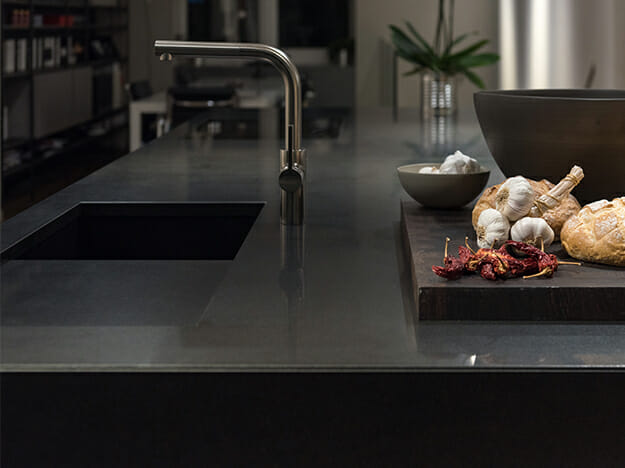
OA = Indicative price, on request.
Slabs 20 mm thick, maximum length in one piece approx. 300cm.
Granite is a natural product, colours and markings may vary.
Price on request
Granite, a material from prehistoric times that originated deep in the earth.
In our factory, it is made into slabs that are then polished or honed. Polishing or honing the worktop reveals its unique markings and colour and gives it a special appearance.
Anyone who chooses a granite worktop is choosing almost indestructible quality. A granite worktop can literally take a beating and withstand treatment with all non-aggressive cleaning agents. In addition, a granite worktop can be made in any shape and size you want (maximum length about 300cm).
Based on an accurate working drawing, the top is sawn to the exact size and the openings are made for your cooking element and sink(s). When you choose granite, you can be sure that you’ll enjoy it for many years to come.
Polished granite worktops are stain-resistant: stains won’t easily soak into the worktop. Honed and Anticato finished worktops are, however, sensitive to stains, so you should be more careful with stains and impregnate the worktop more often. Belgian bluestone and marble are sensitive to acids in addition to being stain resistant.
Polished granite worktops are scratch resistant: cutting directly on the worktop will blunt your knives. Natural stone worktops such as Marble are scratch sensitive, but usually you can easily polish away those scratches.
Granite is a natural product: the colours may vary from slab to slab, and the markings in each individual slab vary each time as well.
Granite can, depending on the granite type, contain inclusions to a greater or lesser extent, which can fall out during polishing. This results in small pits in the surface, which are part of the properties of that particular granite type. Colours with excessive inclusions (and therefore potential pitting) are Tan Brown, Labrador and Bengal Black. Those pits can also be seen in our samples.
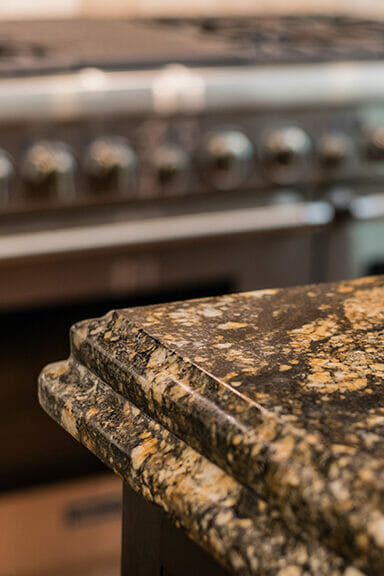
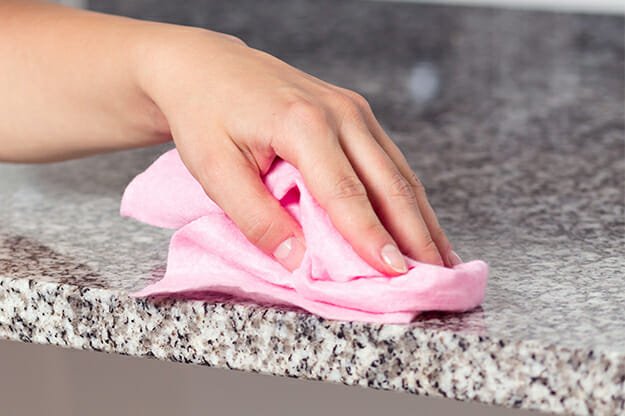
To prevent dirt and moisture from soiling the worktop over time, a granite worktop needs maintenance. Coming straight from the factory, your worktop has already been impregnated once. During use, you can simply clean the worktop with soapy water and a non-aggressive cleaning agent.
The protective layer should be reapplied periodically (impregnation). Honed and Anticato tops need more protection and maintenance because they have a more open structure than polished tops. Therefore, those tops should be impregnated more frequently.
Bluestone has come back into fashion in our kitchens. We still have fond memories of the large tubs in solid blue stone under the water pumps of our ancestors. Nostalgia regarding “the good old days” and the gentleness of life are probably at the root of this revived interest.
Initially, unpleasant surprises can cause hesitation. Acidic liquids can make the decorative layer of the stone a lighter colour. So why is it that old worktops still remain so beautiful? Simply because the years have given them that characteristic patina.
To compensate for the absence of patina and to protect the worktop, stonemasons will apply a protective treatment that you should renew from time to time. For daily maintenance, you can clean the kitchen worktop with your regular dishwashing product or with ordinary salad oil. To protect your worktop, rub the surface with a solution of 50% turpentine and 50% linseed oil, let it dry for 24 hours and remove the excess.
The treatment can be renewed if necessary, but with a ratio of 2/3 turpentine and 1/3 linseed oil. Another protection technique that also has the advantage of not darkening the stone is to treat it with a moisture- and oil-repellent product such as Lithofin Stain Stop, which is available in our online store.
For more details and information on stain removal see arduinmaintenance-nl.pdf. On the Carrières du Hainaut website you can find more information and watch maintenance videos.
There are several ways the front of your worktop can be finished. Edge finishes not shown are often available on request.cdxws



For corner-shaped tops, we have the following options:
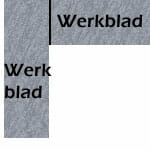
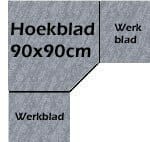
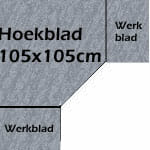
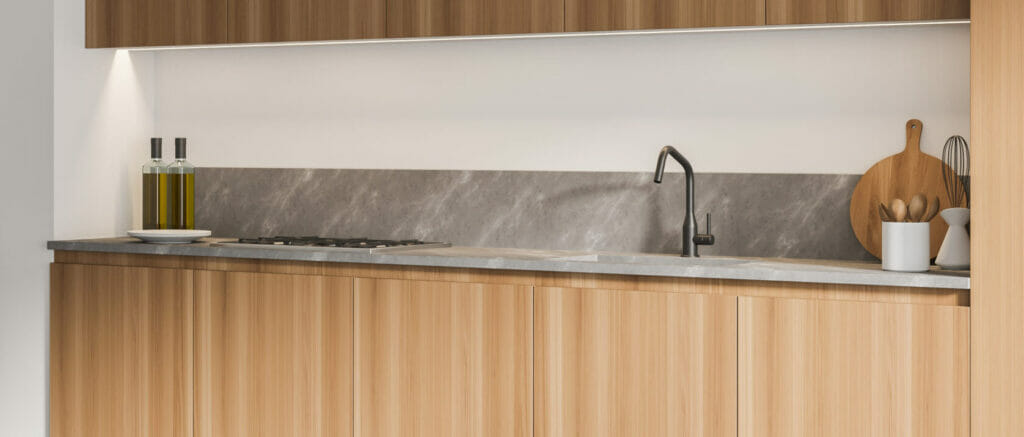
Back panels are basically intended for use with a hob. Thus, the entire back wall at the hob from worktop to extractor is clad in the same material as the worktop. Of course, you can also use these panels to cover the entire kitchen. The panels are 60cm high as standard but available in any size.
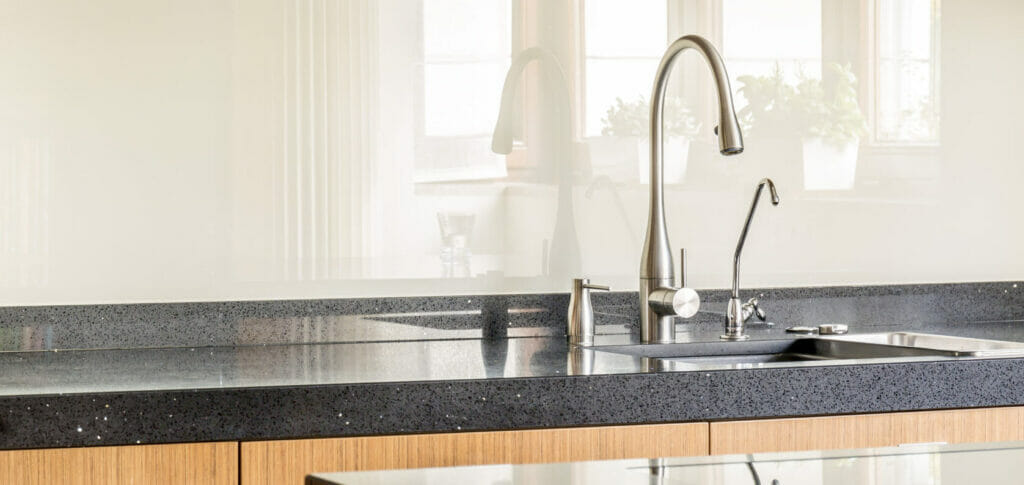
Edging is strips up to 10cm high that are used as a finish on top of the worktop instead of tiles. Edging is made of 20mm thick granite and can be ordered in any height. It is made of the same material as the worktop.